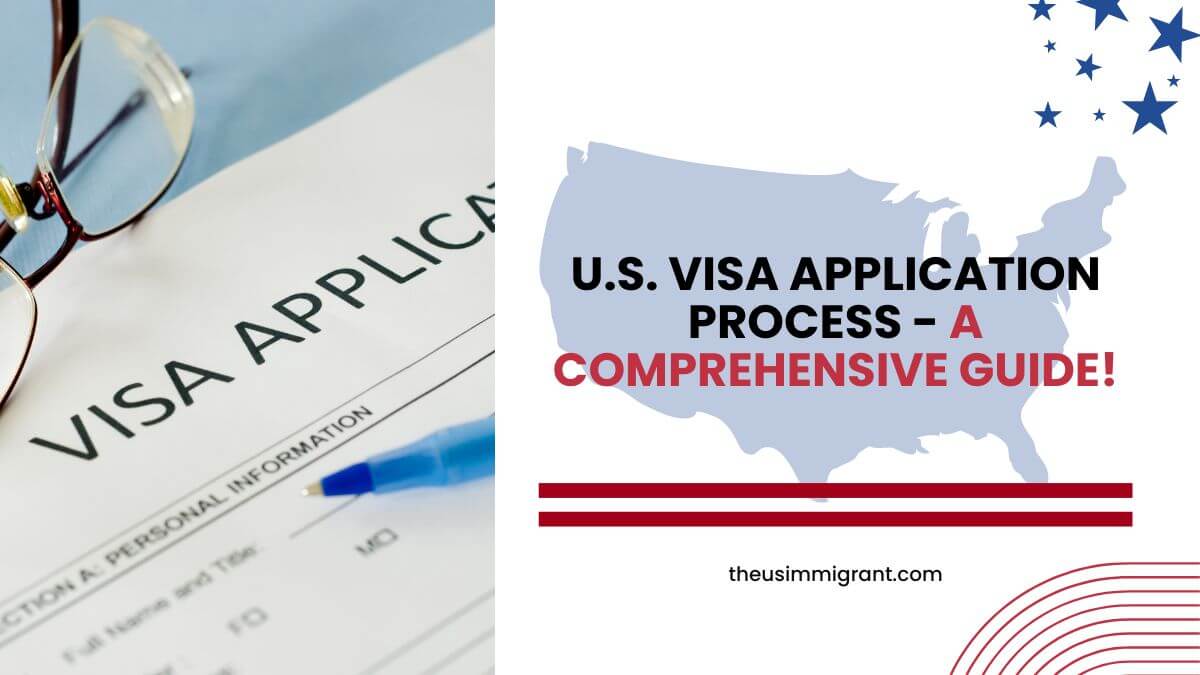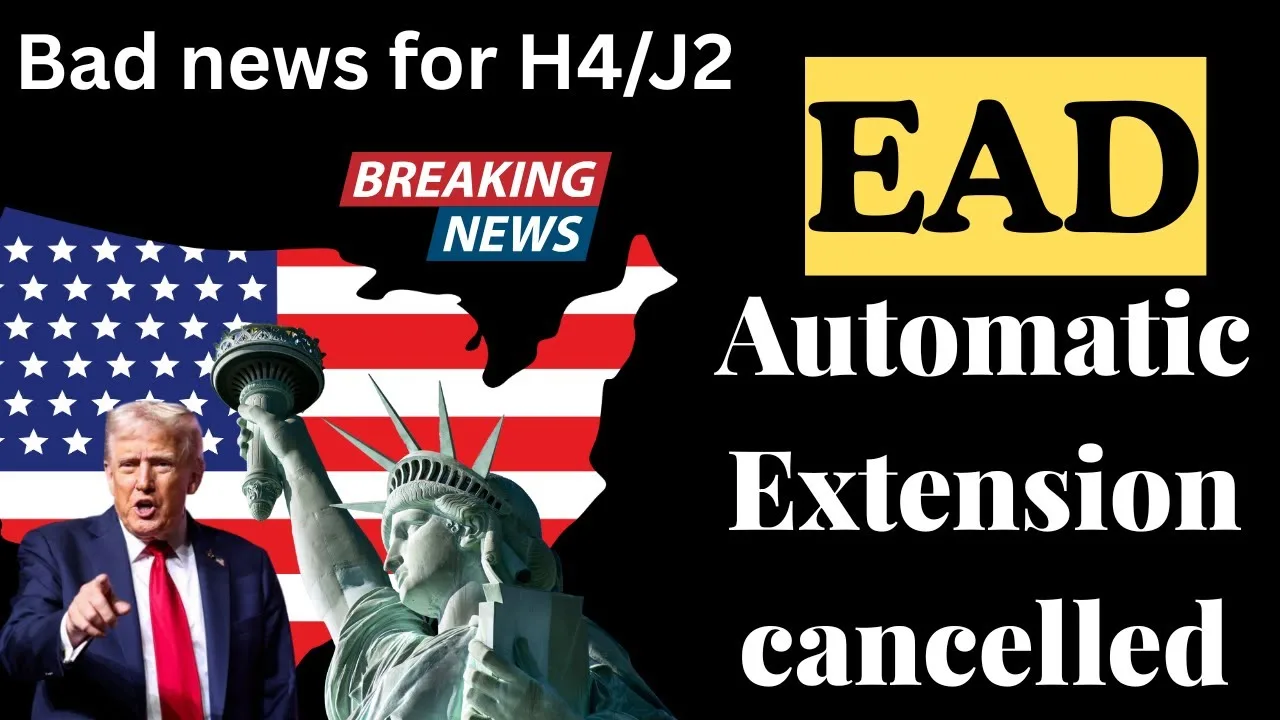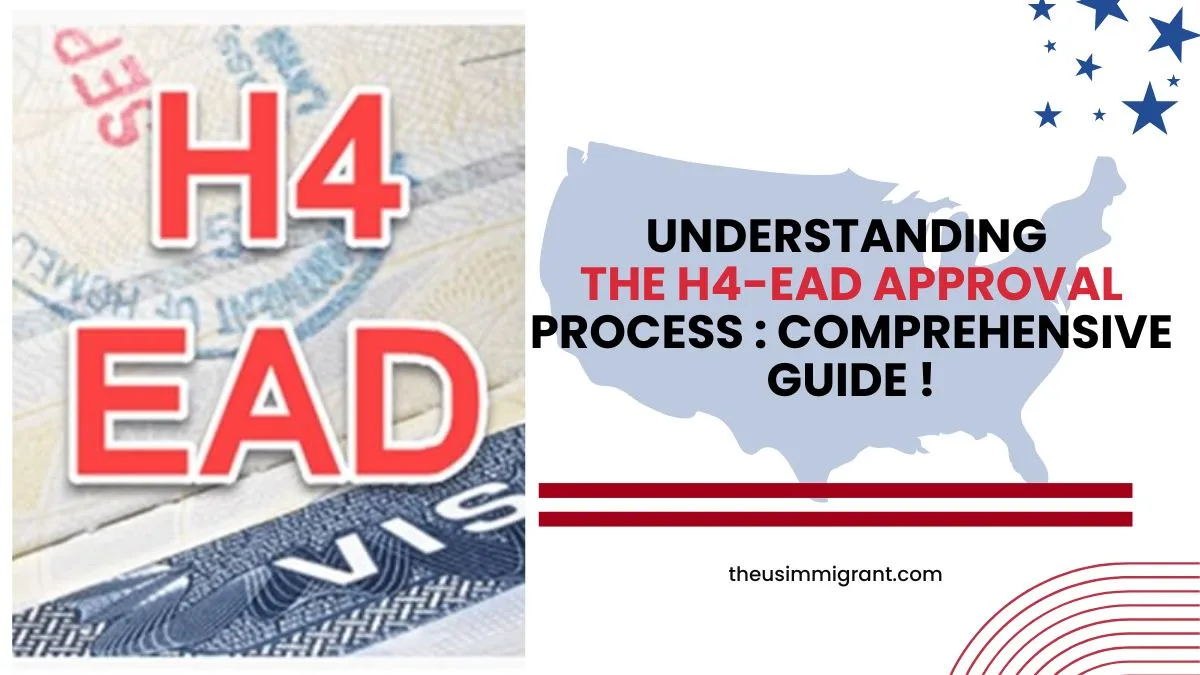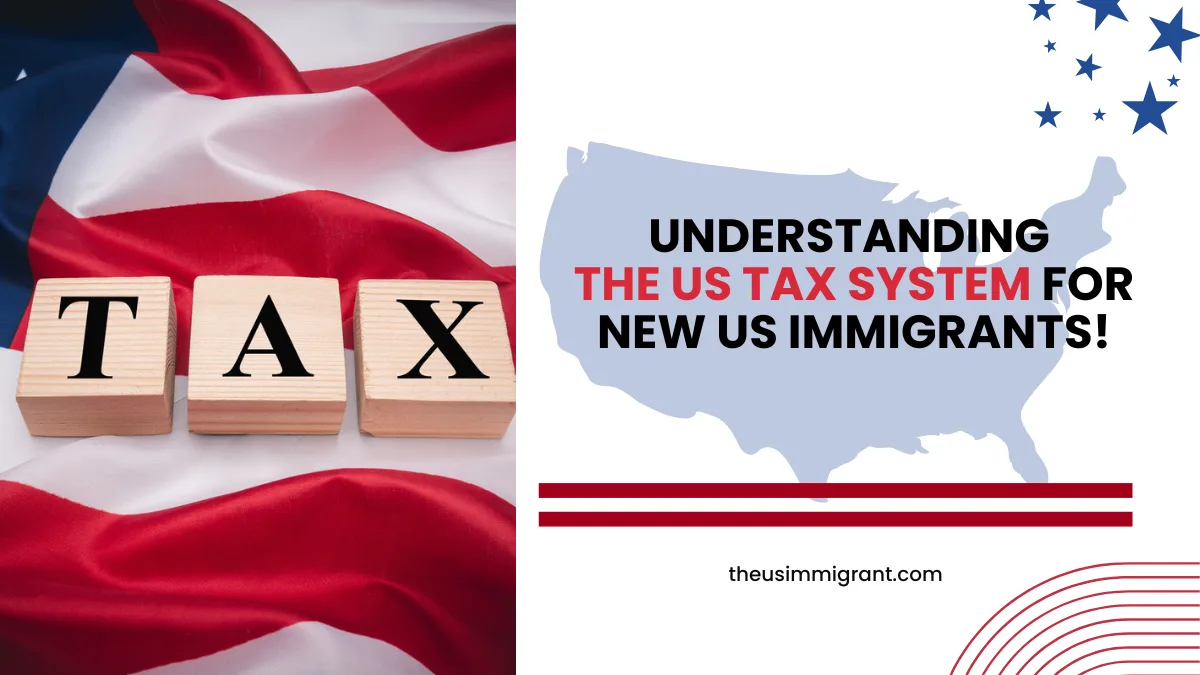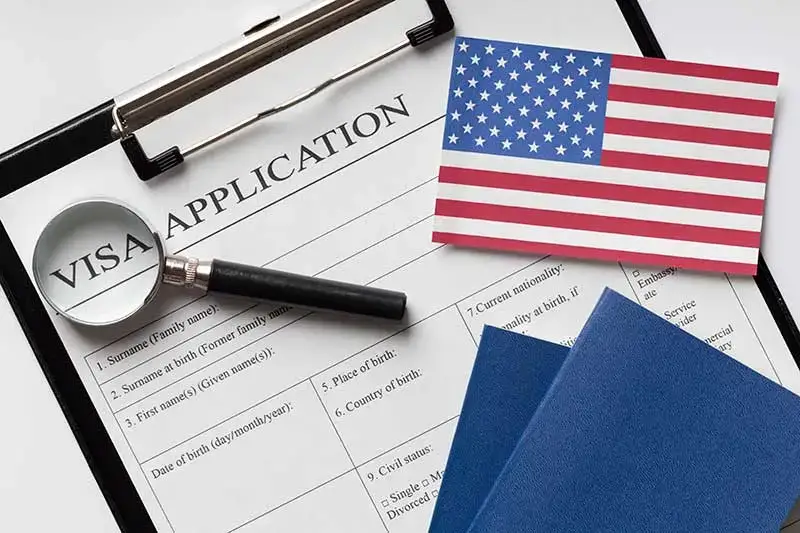
Introduction
27th Jan 2023…. No no no, I am not mistaken here by writing a wrong date Or a date that is 1 year old. But that is exactly the day when I took off from my home country and landed in this Dream Land, we all call “The United States of America”
Today exactly after a little more than 1 year, when I close my eyes & recollect the journey, it feels like a dream when I landed back then to start my journey like any other immigrant who moves to the U.S. to make their dreams come true.
But let me tell you there were tons of ups and downs that I faced while taking this exciting but tedious. journey. It feels like a dreamy adventure when you get to know that you are moving to the United States, but I never knew that I had to cross an ocean of U.S. procedural steps even to take the first step of this beautiful journey.
Be it getting the 1st green signal to move to the U.S., figuring out the U.S. visa application requirements, sorting out the documentation part, researching various. sources to understand U.S. visa application format, finding out the U.S. visa application fee structure, to preparing & eventually facing the stressed U.S. Visa Interview.
But before getting intimidated by all these processes let me help you take the first dive into the very basic understanding of “What is an immigration Status.?” and “What are the four types of Immigration Status.?”
What is an Immigration Status ?
Immigration Status. refers to how a person is present in the United States. Everyone within the U.S. has an immigration status., which refers to the type of presence individuals have in the country.
There are several non-immigrant and immigrant status types based on the level of residency in the country and whether a person has citizenship.
If you’re new to the immigration process, one of your first questions is likely to be, “What are the types of immigration status.?” So to keep it simple, there are 4 main immigration status. types that one should know below:
A) Citizens : There are 2 types of citizenship
i) A U.S. citizen is either a person who was born in the U.S. or became a naturalized citizen following a period of three or five years as a resident in the country. U.S. citizens are unable to be deported except in cases involving citizenship gained by fraudulent means.
ii) Immigrants who gain citizenship will be able to work legally and receive public benefits for which they qualify. Going ahead, they can also sponsor their family members such as spouses, children, parents, or siblings who become legal residents and citizens.
B) Legal Permanent Residents (LPR)
i) Legal permanent residents are someone who has obtained the ‘GREEN CARD HOLDER’ status. from the U.S. government and are authorized to live and work in the U.S. permanently.
ii) To be eligible for residency in the United States, you must qualify under one of the categories determined by the U.S. government. These categories include:–
- Green Card through Family
- Green Card through Employment
- Green Card as a Special Immigrant
- Green Card through Refugee or Asylee Status
- Green Card for Human Trafficking and Crime Victims
- Green Card for Victims of Abuse
- Green Card through Other Categories
- Green Card through Registry
C) Non-Immigrants
i) Individuals who are legal residents of some other countries but are authorized to live in the United States for some specific purpose e.g. work, study, medical, tourist, etc.
ii) There are many different types of non-immigrant visas that someone can apply for to become a non-immigrant who is legally allowed to stay in the United States.
D) Undocumented
i) Undocumented immigrants are individuals who have entered the United States illegally. There is no record of these individuals entering the country and they do not have the necessary paperwork to prove legal presence in the U.S.
ii) Undocumented individuals face deportation at any time. Individuals will be considered undocumented if they overstay a temporary legal visa or enter the U.S. illegally and neglect to go through a port of entry.
Importance of U.S. Visa Application Process
Now that you have understood the “Immigration Status.”, let me take you through another important point to achieve your “American Dream” – to apply for a U.S. Visa.
All the inspired people around the world who want to go to the U.S. mean you would need an official U.S. Visa. The reason for traveling to the U.S. may differ for everyone. The travel might be for studies, tourism, work, medical reasons, or for that matter permanently moving there to become a resident.
The Dream country attracts lots of people, across the globe for the huge opportunities it offers to achieve their “AMERICAN DREAM”. However, as mentioned above there are various. barriers & and one of them which I faced was applying for the U.S. visa. To apply for U.S. Visa, you need to follow the step-by-step process below; –

How to process U.S. Visa Step-by-step ?
For a non-immigrant, you need to undergo all the U.S. visa application requirements. You need to fill out Form DS-160, proceed with fee payment, and finally schedule an interview. Then, you need to get your documents and attend the visa interview.
STEP 1:Fill the U.S. Visa application format through Form DS-160
i) The first step is to fill out the DS-160 where you will be requested to fill in lots of detailed information about you & your travel.
ii) The required information also includes your travel history, employment history, information about your family members, etc.
STEP 2: Pay the U.S. Visa application fee
- Further, go ahead to pay the application fee. This needs to be paid to a consular section at a U.S. Embassy or respective consulate responsible for visa services.
- The general application fee is around $160 (depending on the type of visa/country of origin). However, if you are a temporary worker, you must pay $190. This fee can be paid when you submit your application form.
STEP 3: Schedule the Visa Interview
- The next step of U.S. Visa application process is to schedule your Visa interview at a U.S. Consulate or Embassy office.
- You should check ahead of time through the U.S. Department of State about appointment wait times. Your visa appointment wait time will depend on the U.S. Consulate General location you choose.
- You need three pieces of information to schedule your appointment:
- Your passport number.
- The CGI reference number from your Visa Fee receipt.
- The ten (10) digit barcode number from your DS-160 confirmation page
During your interview, you must bring a printed copy of your appointment letter, your DS-160 confirmation page, one photograph taken within the last six months, and your current and all old passports.
Applications without all these items will not be accepted.

STEP 4A: U.S. Visa Application Requirement – Documents
- This is the most important step in the U.S. Visa application process where you will ask yourself how can I increase my chances of getting a U.S. visa? This is the step where you will have to gather all the required and relevant documents.
- In addition to the above items, you must present an interview appointment letter confirming that you booked an appointment through this service.
- To not miss out on any requested document you may bring the additional documents as per the list given below.
- Evidence that establishes your job qualifications, including any university diplomas.
- Original letters from current and previous employers detailing your position and projects you worked on and how long you worked with your employers.
- If you are currently working and holding H-1B/L1-A/L1-B status., please submit your pay slips for the current calendar year and your federal tax returns (IRS Form 1040 and W-2) for all the years in which you have been employed
- pay slips from your current or most recent place of employment.
- the names and current phone numbers of the personnel managers at your present and previous places of employment
- your resume or CV
STEP 4B: Documents for Dependents
Your dependents should bring all required documents for any nonimmigrant visa:
- An original marriage (for your spouse) and/or birth certificate (for unmarried children under 21), as applicable
- A letter from your employer confirming his or her continued employment.
- If your spouse is currently working in the United States on an H1-B/L1-A/L1-B visa, his or her pay slips for the current calendar year and federal tax returns (IRS Form 1040 and W-2s) for all the years in which he or she has been employed in the United States on the H-1B/L1-A/L1-B visa.
STEP 5: Attend the interview
The final step of the U.S. Visa application process is to attend the interview at the U.S. Consulate or U.S. Embassy in your respective country of origin.
You must appear on time at the interview with all your supporting documents as mentioned above. The official who will interview you will ask questions about your background and other relevant details based on the visa you have applied for.
If you are going to the U.S. to work, then the interview might be longer than if you were going only for a tourist visit.
Tip: Here people get worried & more stressed even before giving the interview. They are concerned about how long the U.S. visa interview would be held? What questions will be asked? But in my personal experience, you should be completely HONEST, CONFIDENT & TRANSPARENT with your answers. These are some key factors that worked in my favor during my U.S. Visa Application Interview
STEP 6: Wait for Visa Approval
After the visa interview, you would be concerned about What is the final screening step for U.S. visa. and wait for your application to be processed. But here is the good news. It’s over. No screening step is awaited. This is the final step.
U.S. Visa Processing time might also depend on the type of Visa you would have applied for, but they can range from a few days to a few months.
When your visa is processed, you will find out whether you were approved or denied. You should only make travel arrangements after your visa is approved and not run the risk of making expenses if it is denied.
STEP 7: Receive a decision from U.S. Embassy
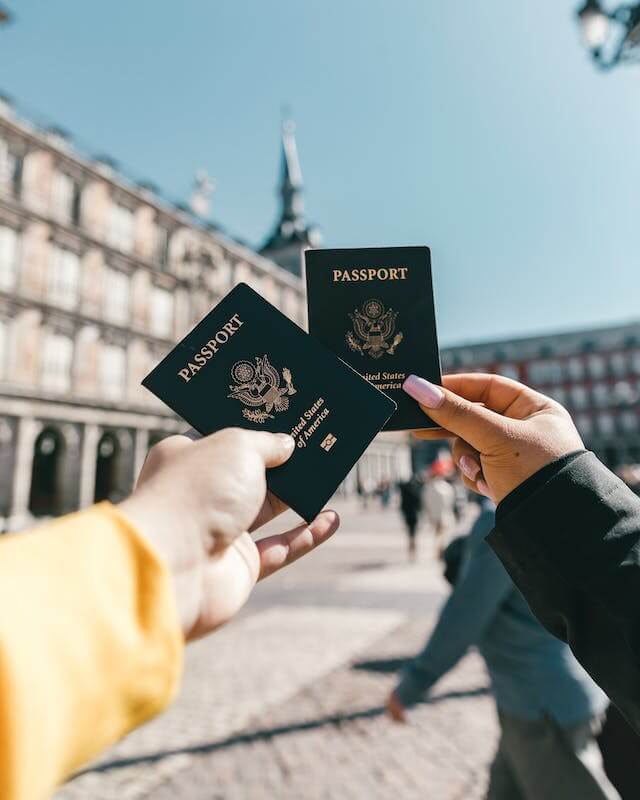
After your visa issuance, you can travel to the United States anytime until the expiry date on the visa. You will show your visa and passport to the U.S. Customs and Border Protection (CBP) officer at the port of entry.
Form I-94 is a record of your entries or exits from the United States. It is usually electronic now. You can either find it online or ask the officer at the port of entry for one.
It is very important to know the entry date on your Form I-94. You want to ensure you will not overstay your visa. Your I-94 exit date could be earlier than your visa expiry date. The I-94 date takes precedence over your visa stamp, so make sure to check the form carefully. U.S. immigration law enforcers have strong consequences for overstaying your visa, including travel bans from the United States.
Conclusion :
Before bidding adieu, I just want to help you summarize this entire U.S. Visa application process by highlighting the recap.
We did cover the understanding and basics of.
- U.S. Visa application process
- U.S. Visa application requirements
- U.S. application format
- U.S. application processing time
- Documents required for the U.S. Visa application process.
We all know that Embarking on the path to America through the U.S. Visa application process is an intricate journey filled with challenges and triumphs. But hope this comprehensive guide helped you to navigate through your “American Dream”.
I would like to highlight that this guide is not the end but the beginning. Your journey is part of a collective narrative that inspires and guides future immigrants.
Let’s continue this dialogue as we collectively navigate the beautiful tapestry of U.S. immigrant life. Please share your valuable comments in case you find this comprehensive guide helpful.
Safe travels and may your pursuit of the American Dream be both rewarding and transformative.

